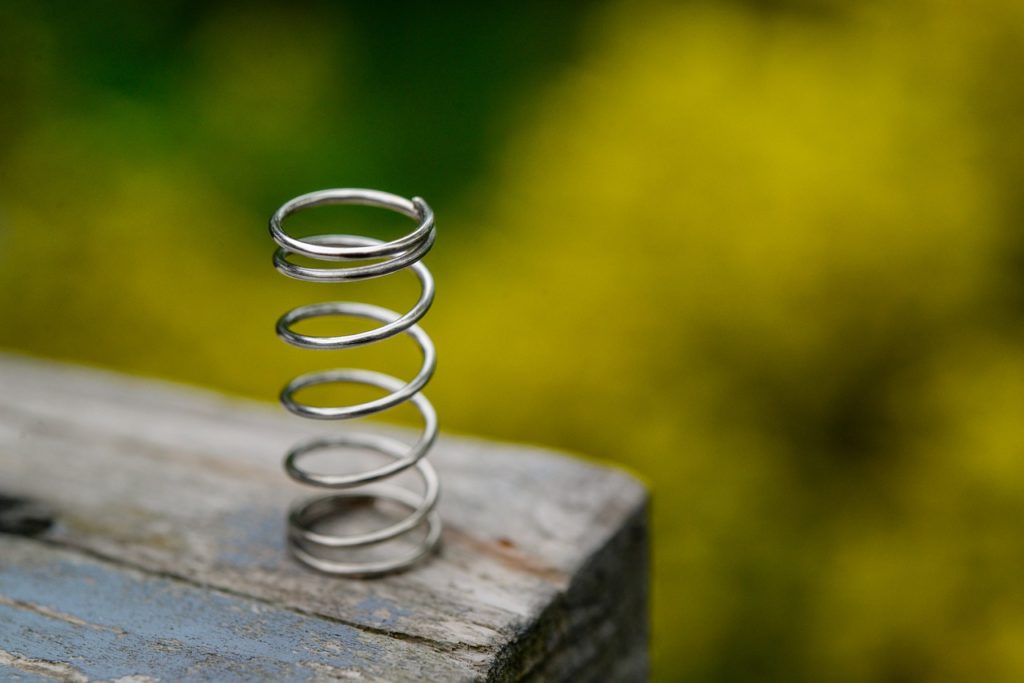Why Spring Pitch Matters in Spring Design

Spring design demands close attention to detail. Seemingly minor factors can have significant impacts on the behavior and performance of the resulting devices. Spring pitch is one such characteristic, and it’s critical to understand its effects. Here’s what to know about how it’s measured and what it might mean for your spring-dependent application.
Spring Pitch Explained
A coiled compression spring absorbs force along the direction of its central axis. As energy gets applied, the coils move closer together from their formerly spread-out rest positions.
A spring manufacturer or engineer can use a variety of terms to describe the physical characteristics of such devices. The spring pitch quantifies the distance between coils in a standardized way by measuring from the center of one coil’s wire to the center of the adjacent coil’s wire.
Caveats and Variations
If a spring has a regular spiral shape, then its pitch will remain constant from loop to loop. This rule generally holds true as long as measurements are taken along a line lying parallel to the cylinder’s central axis. Measuring between skewed points will make the results inaccurate.
Of course, not all springs are perfectly regular. For instance, many feature intentionally distorted ends, such as closed, ground and squared styles. Others include additional inactive coils at their ends to increase stability and facilitate mounting. Although these springs still have pitch dimensions, it’s important to measure them properly by using the active coils or the central loops that come together during compression and move apart during extension.
Measuring Pitch
Most manufacturers specify pitches, but what if you have a spring of uncertain dimensions? For instance, when you want to match a piece of hardware from an old device, it’s not always apparent what kind of replacement spring you’ll need. In these cases, you’ll have to measure the pitch, which you can accomplish on your own using Vernier calipers or a micrometer:
- Be sure that the spring isn’t under tension or loaded. If it is, then you won’t be able to measure the pitch accurately.
- Find the distance between two of the active coils. Write it down or remember it.
- Note the outer diameter of the coil wire.
- Add the two values to determine the spring pitch.
Before taking measurements, remember to zero the calipers properly. It may also be helpful to make multiple measurements of each quantity, especially with older springs that have seen a lot of action or become distorted during use.
Why Is Pitch so Important to Spring Design?
Understanding how pitch works does more than just help you ascertain the difference between a spring’s compressed, or solid, and expanded, or free, lengths. As the ratio of the free length to the number of active coils, it can also be used to relate factors like the rise angle of the coils and the number of total coils. These quantities play crucial roles in the design of extension and compression spring hardware that’s durable enough to absorb mechanical energy and appropriately sized for specific tasks.
Spring Pitch Matters in Custom Spring Design. Contact The Yost Superior Co. to Talk About Your Spring Design.